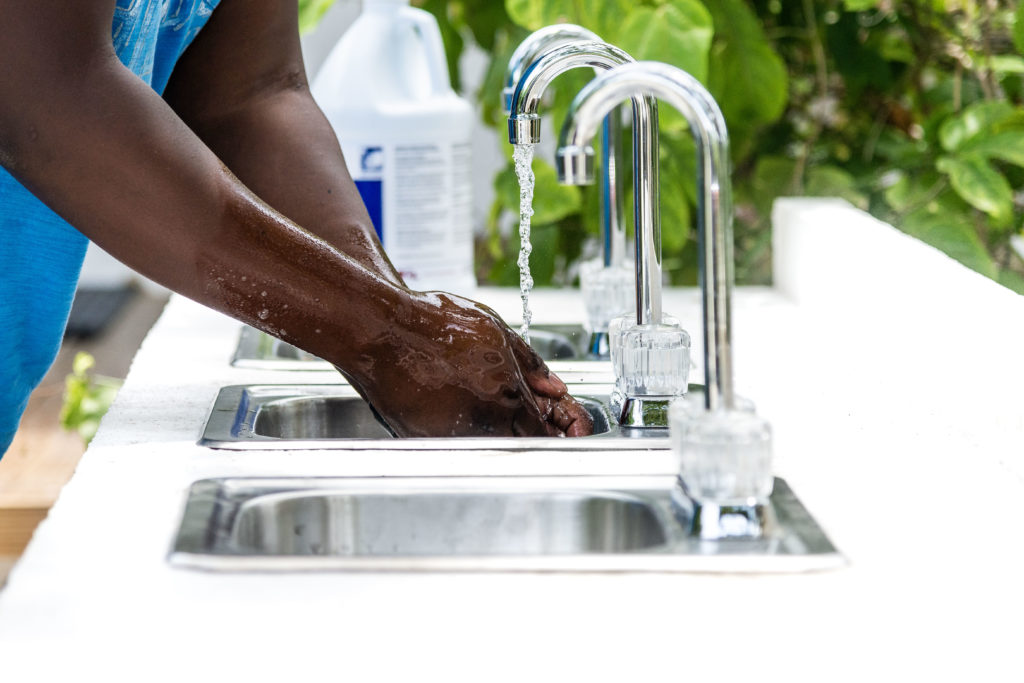Water
Water Usage and Treatment
Responsible Water Usage
According to the EPA, the average American family of four will use 400 gallons of potable water a day, with 70% that usage occurring indoors. In contrast, the average community member of CEIS is challenged to use less than 15 gallons a day. Water conservation is mandatory for all students and collaborators, education about responsible usage is one of the first educational experiences for any visitor to our campus. The Center for Sustainable Development was built upon the largest cisterns to date, capable of storing over 170,000 gallons of rainwater for use throughout the campus during the dry season.
Waste Water Treatment
The isolation of the campus provides a unique challenge, as there is no municipal infrastructure to rely on, while the size of the campus provides all the requirements of a small village. Most construction to date relies upon the use of constructed subsurface-flow wetlands that act as bio-filters, removing ammonia, nitrate-nitrates, BOD, and suspended solids.
The beginning of 2012 saw the completion of the campus bio-digestor. This project, which was sparked through the human ecology classes of The Island School, was a first for both our campus and The Bahamas. The system is designed to accept sludge from all our septic systems, glycerine from bio-diesel production, and fish waste from our aquaponics. Though an anaerobic process we are capable of producing usable methane, as well as fertile and safe effluent for use in our orchard.
